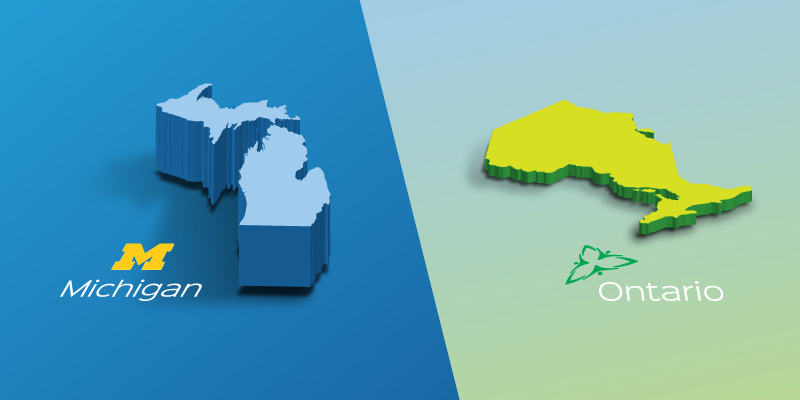Who Bears the Burden of Property Taxes in Canada’s Largest Metropolitan Areas? analyzes the ratio of municipal and provincial property tax rates (including education) paid by residents, businesses and industries in Canada’s major urban areas. It finds that across the country, but particularly in the cities of Toronto, Montreal, Calgary, Edmonton and Vancouver, businesses pay much higher property tax rates than residents, which can erode competitiveness and lead to business migration, reduced hiring and investment, and even business closures.
 Executive Summary
Executive Summary Read the Full Report
Read the Full Report View the Infographic - Canada
View the Infographic - Canada View the Infographic - Vancouver
View the Infographic - Vancouver View the Infographic - Calgary
View the Infographic - Calgary View the Infographic - Edmonton
View the Infographic - Edmonton View the Infographic - Toronto
View the Infographic - Toronto View the Infographic - Montreal
View the Infographic - Montreal Read the News Release - BC
Read the News Release - BC Read the News Release - Alberta
Read the News Release - Alberta Read the News Release - Ontario
Read the News Release - Ontario Read the News Release - Quebec
Read the News Release - Quebec





